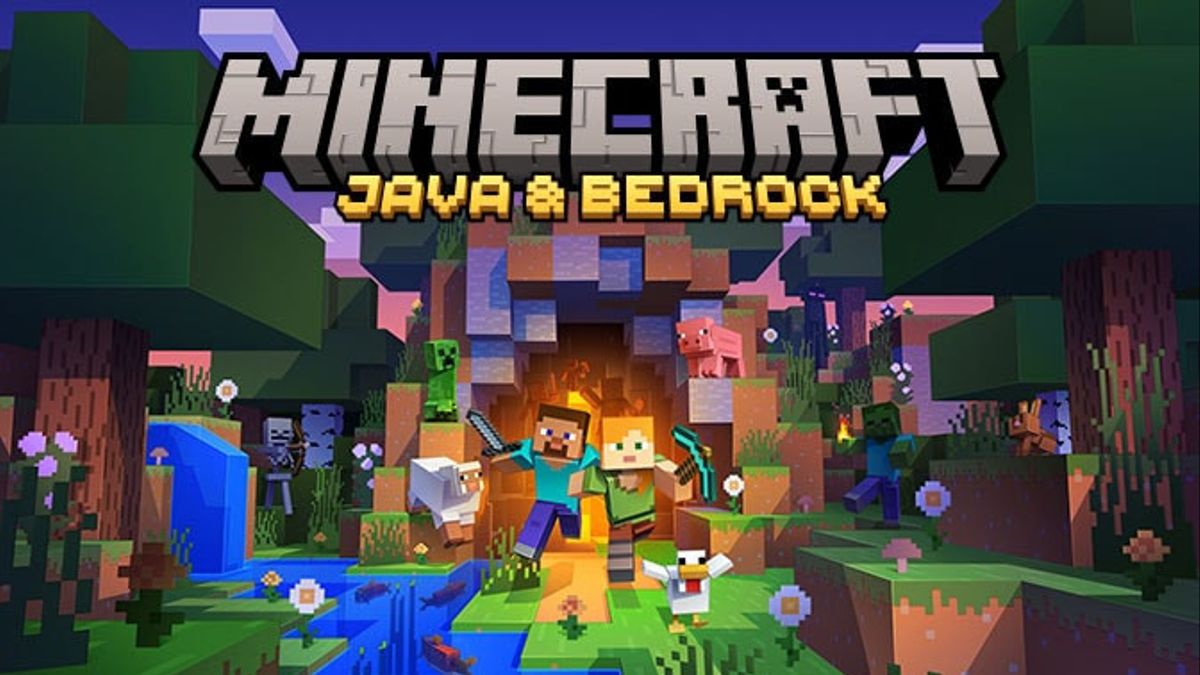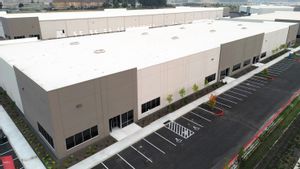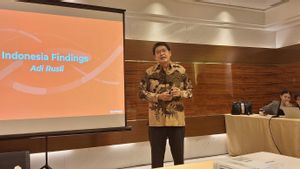JAKARTA - If you are a gamer, you must have heard the term Procedural Generation. Broadly speaking, Procedural Generation is the creation of data using algorithms, which are commonly used in creating game content.
What Use Is Procedural Generation?
In more detail, this Procedural Generation is usually used to create content for video games or animated films, such as landscapes, 3D objects, character design, animation, or dialogue of non-player characters.
This concept is often used in video games to create a world on a large scale that is theoretically unbounded, like Minecraft.
By following only a few rules for field generation using Procedural Generation, Minecraft will produce its block-based world in 16-times 16.
So, the players' ketoka enters a new chunk for the first time, the chunks around it will be produced, forming mountains, trees, caves, and other landscape features.
Simply put, citing from Makeuseof, instead of building a piece by piece map, procedurally generated games use algorithms to create their worlds.
Even if you play games repeatedly, the game will give you a unique environment with every game. In addition, procedural generation is not limited to creating the physical world of play.
VOIR éGALEMENT:
Profits Using Procedural Generation
Based on a journal entitled "Procedural Generation Implementation to Build a Level Tactical RPG using the Occupancy Regulated Extension Method" Universitas Brawijaya students mentioned several advantages of making games using Procedural Generation, including:
The English, Chinese, Japanese, Arabic, and French versions are automatically generated by the AI. So there may still be inaccuracies in translating, please always see Indonesian as our main language. (system supported by DigitalSiber.id)













